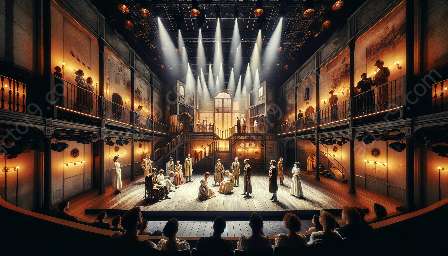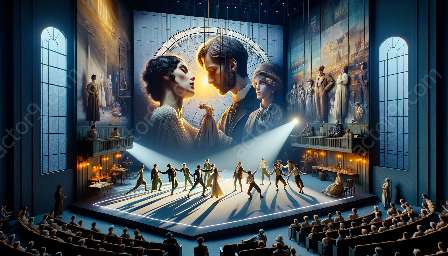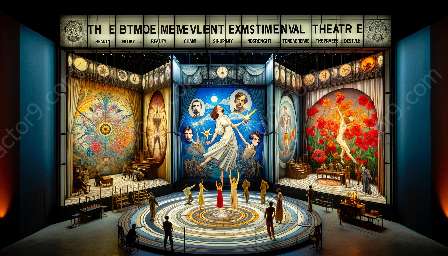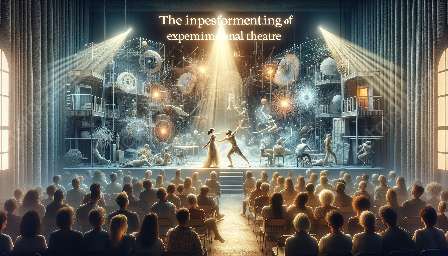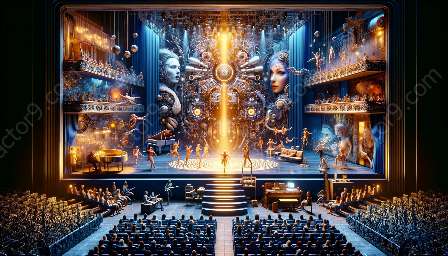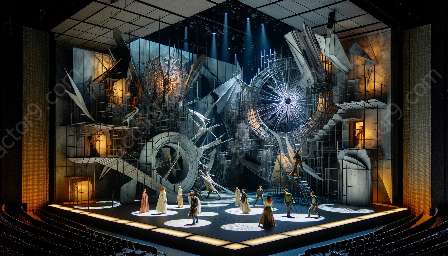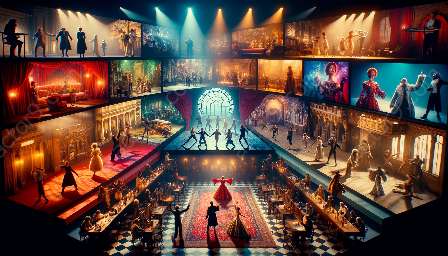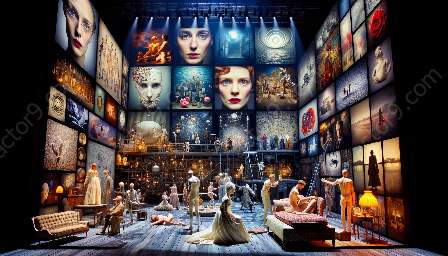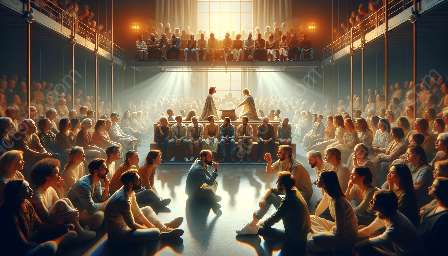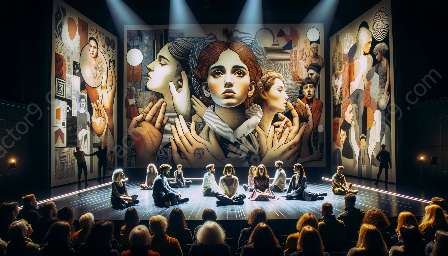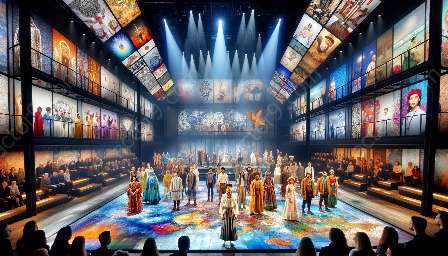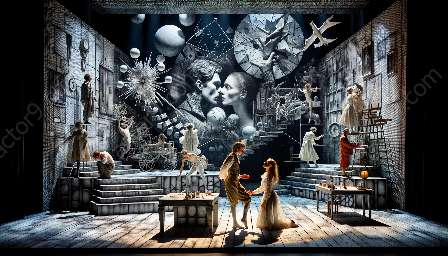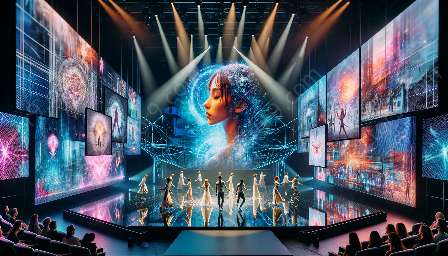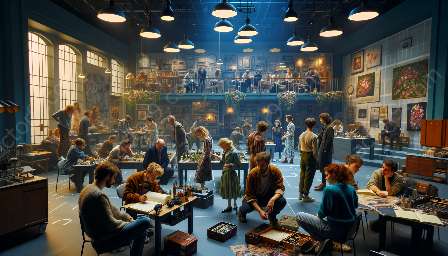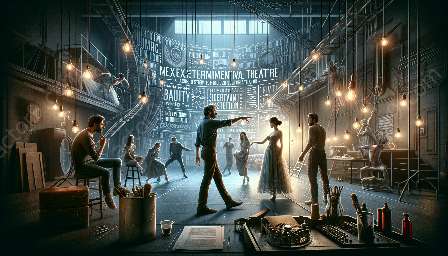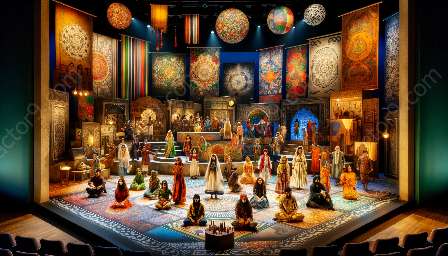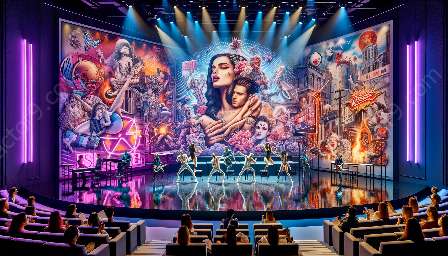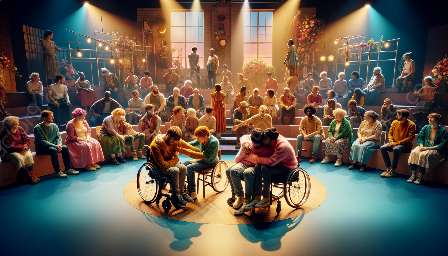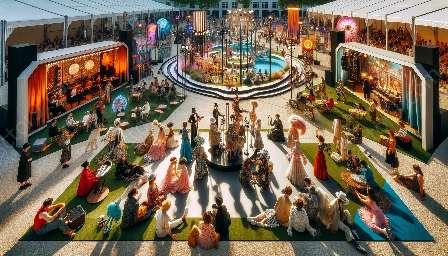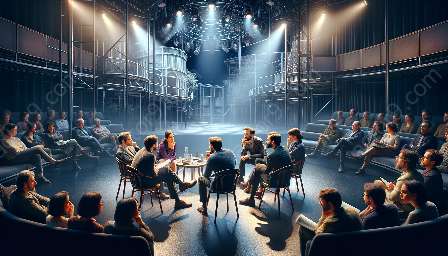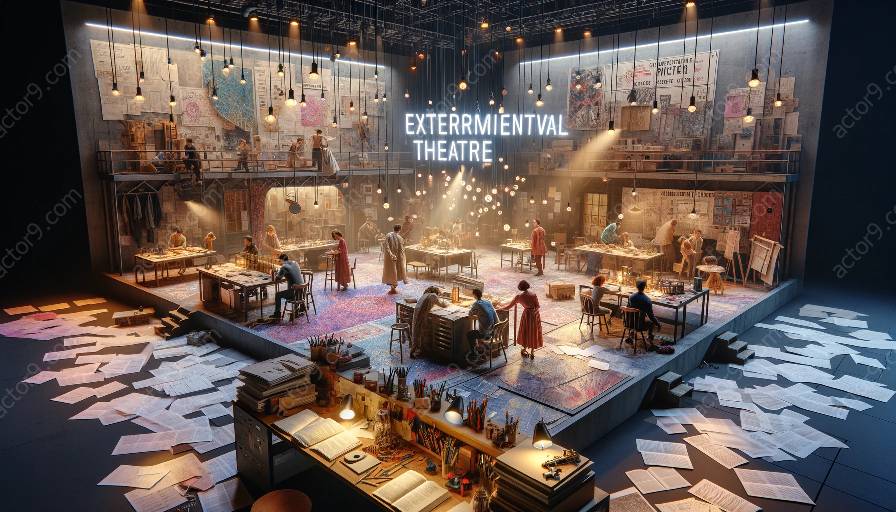Virtual Reality (VR) and Extended Realities (XR) have been breaking new ground in the realm of theatre, offering potential for innovative storytelling and audience engagement. In the world of experimental theatre, these technologies are provoking exciting changes and enhancing the creative processes for playwrights and performers. This article delves into the impact and possibilities of VR and XR in experimental theatre, particularly for playwrights and script development.
The Emerging Role of VR and XR in Experimental Theatre
In recent years, VR and XR technologies have gained traction in various creative industries, and theatre is no exception. Experimentation with VR and XR in theatre has led to the creation of immersive experiences that push the boundaries of traditional storytelling. These technologies enable playwrights and performers to craft narratives in entirely new ways, offering dynamic and interactive experiences for audiences.
Enhanced Immersive Experiences
One of the most compelling aspects of VR and XR in experimental theatre is their ability to create heightened immersive experiences. Through these technologies, playwrights can transport audiences to imaginative worlds, allowing them to engage with stories in ways that were previously unimaginable. The use of VR and XR opens up new dimensions for nonlinear storytelling, enabling playwrights to craft non-traditional narratives that unfold in intricate and captivating ways.
Impact on Playwrights and Script Development
For playwrights, the introduction of VR and XR technologies brings forth a myriad of opportunities for script development. These technologies offer new tools for conceptualizing and visualizing narratives, allowing playwrights to construct immersive environments that blur the lines between reality and fiction. VR and XR can be instrumental in enhancing the creative process, offering playwrights unique perspectives and methods for crafting experimental scripts that challenge traditional theatrical conventions.
Collaborative Possibilities
VR and XR also open avenues for collaboration among playwrights, directors, and other theatre professionals. These technologies facilitate the collective exploration of innovative ideas, enabling interdisciplinary teams to work together in crafting compelling and boundary-pushing theatrical experiences. By embracing VR and XR, experimental theatre communities can cultivate an environment of experimentation and exploration, fostering the creation of thought-provoking and genre-defying works.
Challenges and Considerations
While the potential of VR and XR in experimental theatre is vast, there are also challenges and considerations to be mindful of. Playwrights and theatre practitioners must navigate the technical and logistical aspects of integrating VR and XR into live performances, ensuring that these technologies enhance rather than overshadow the core storytelling elements. Additionally, questions of accessibility and audience inclusivity arise, prompting discussions about how to make VR and XR experiences available to diverse audiences.
Future Horizons and Artistic Innovation
The integration of VR and XR in experimental theatre presents a landscape of endless creative possibilities. As playwrights and theatre communities continue to explore the potential of these technologies, the future of experimental theatre holds promise for groundbreaking artistic innovation. With VR and XR at the forefront, experimental theatre scripts and playwrights have the opportunity to push the boundaries of traditional storytelling, crafting experiences that transcend the limits of physical space and conventional narratives.

